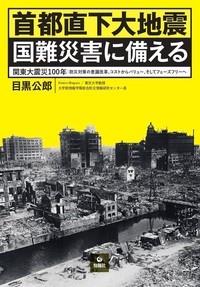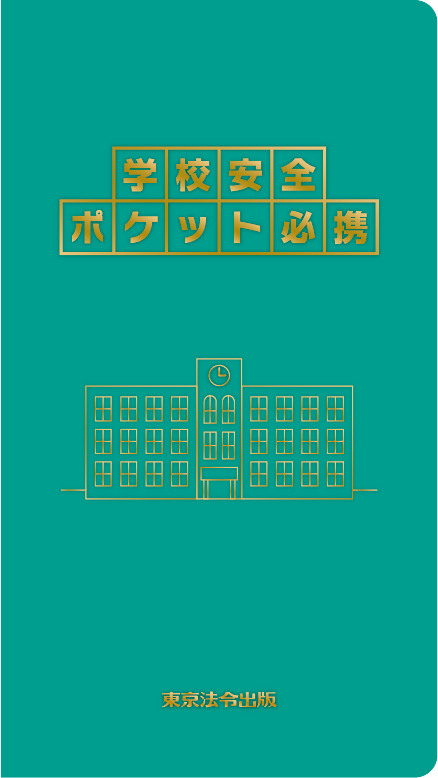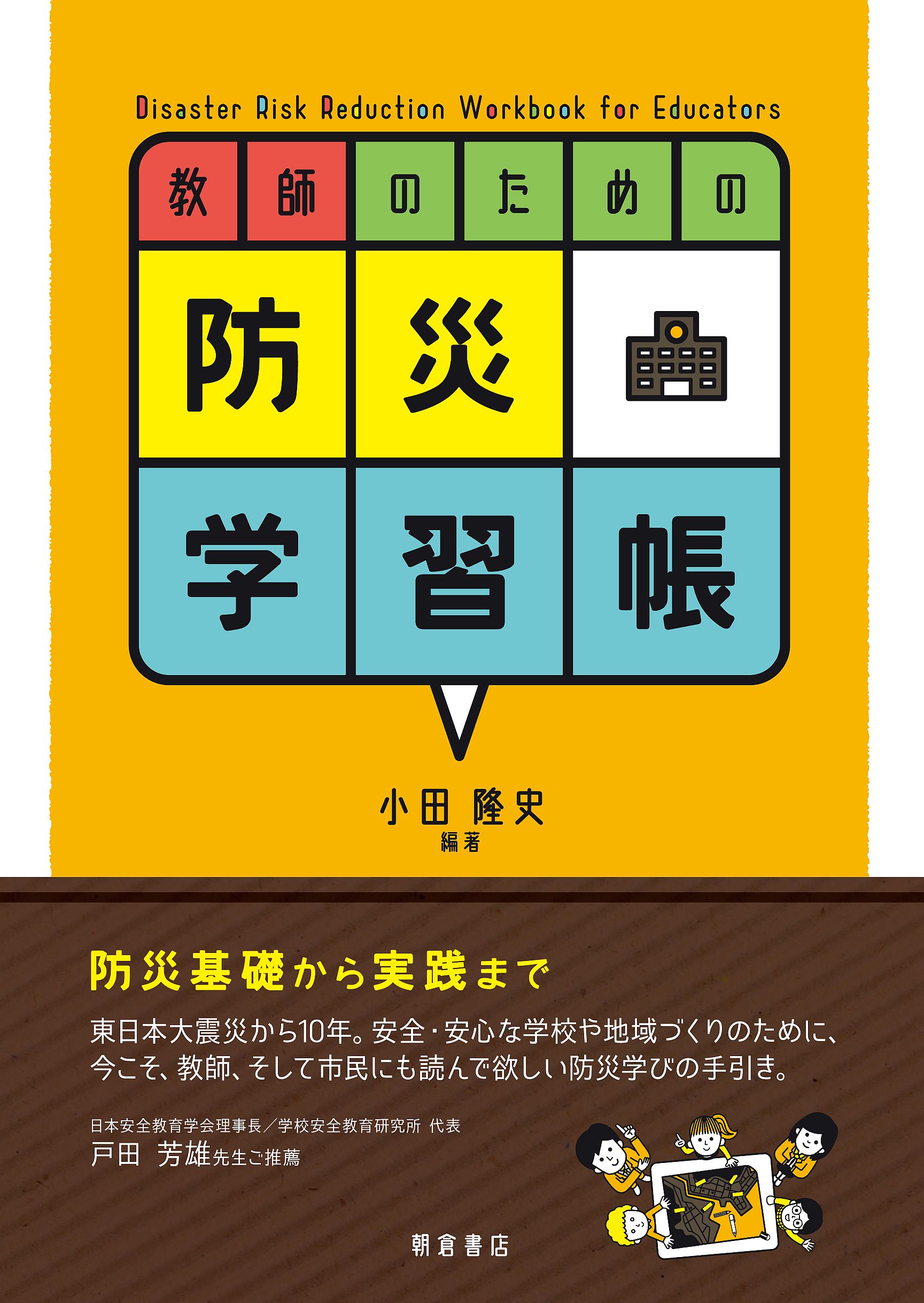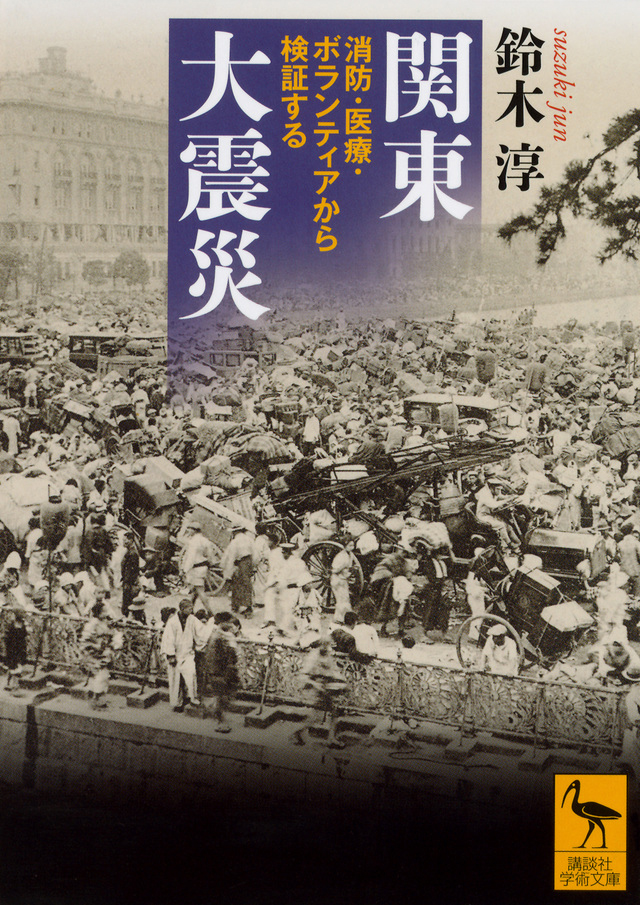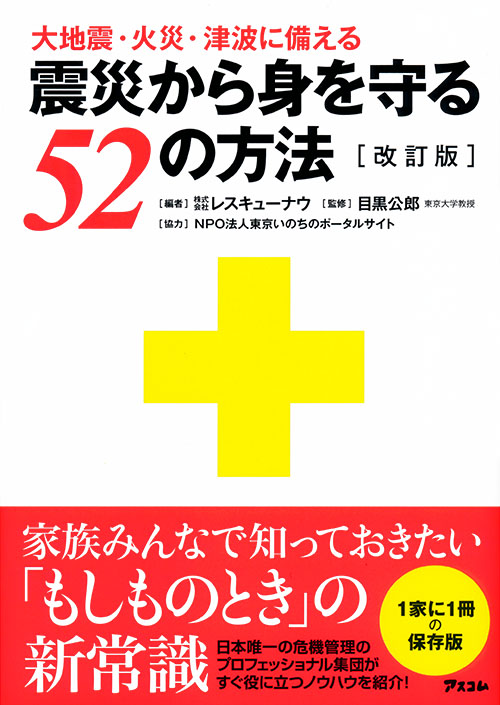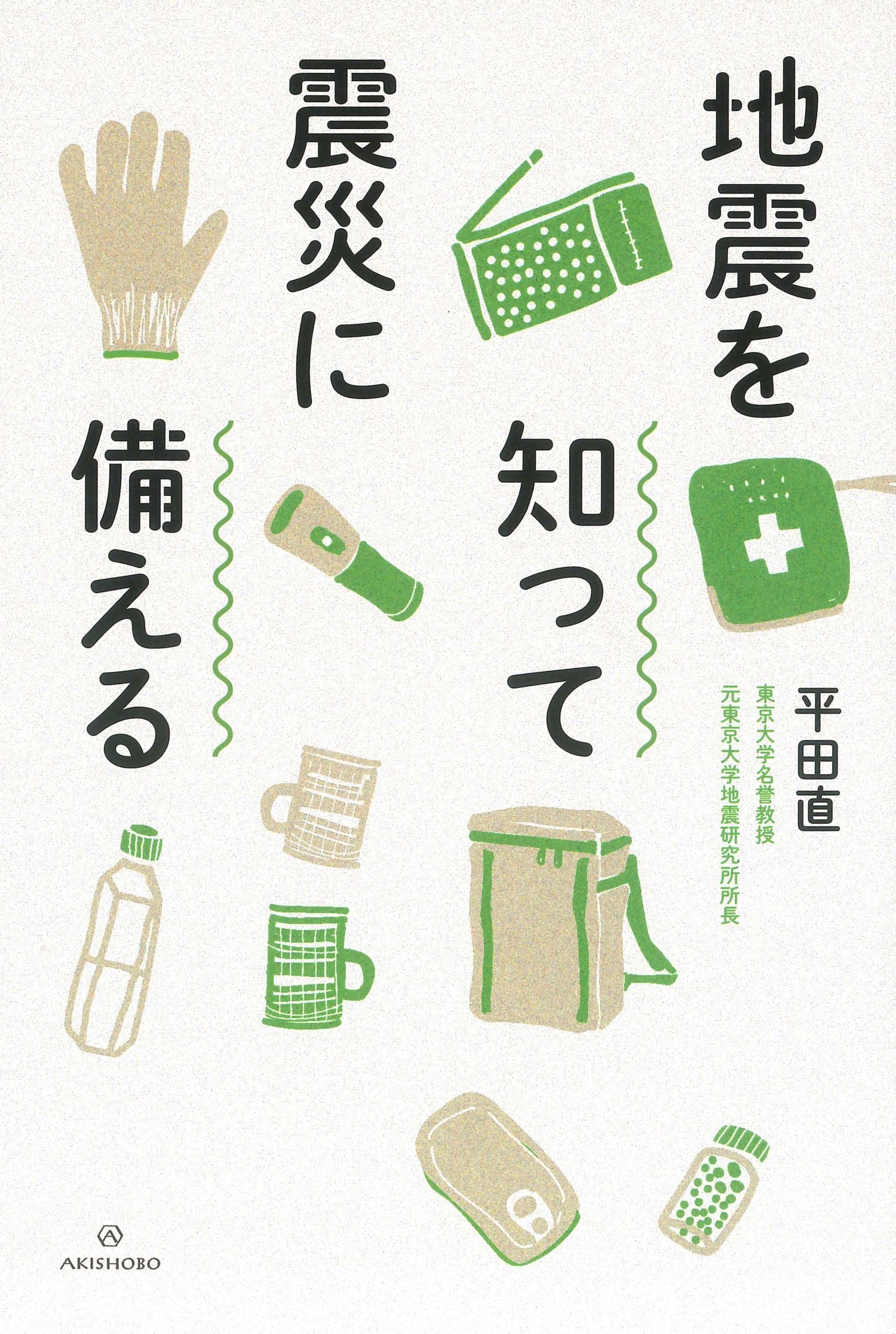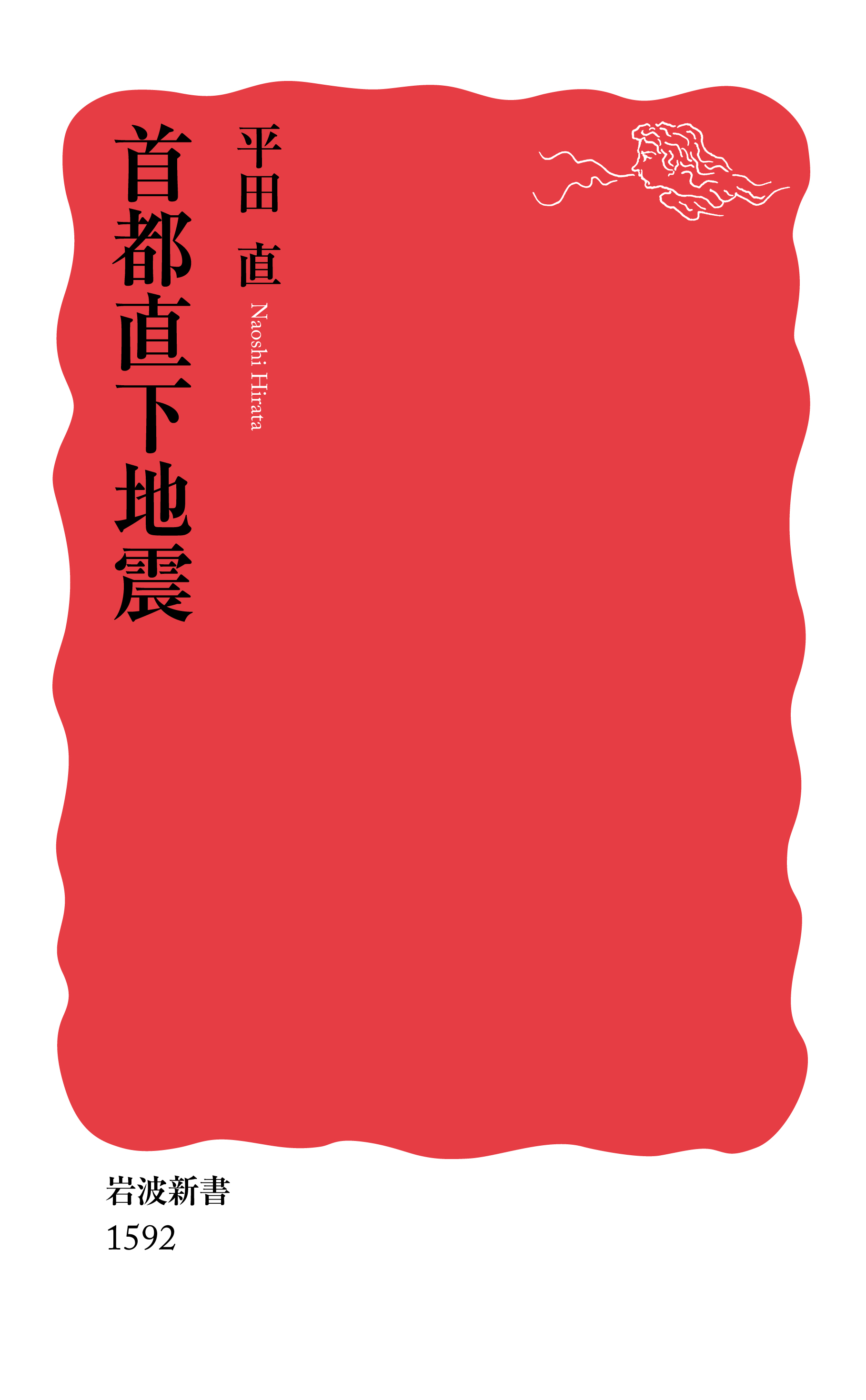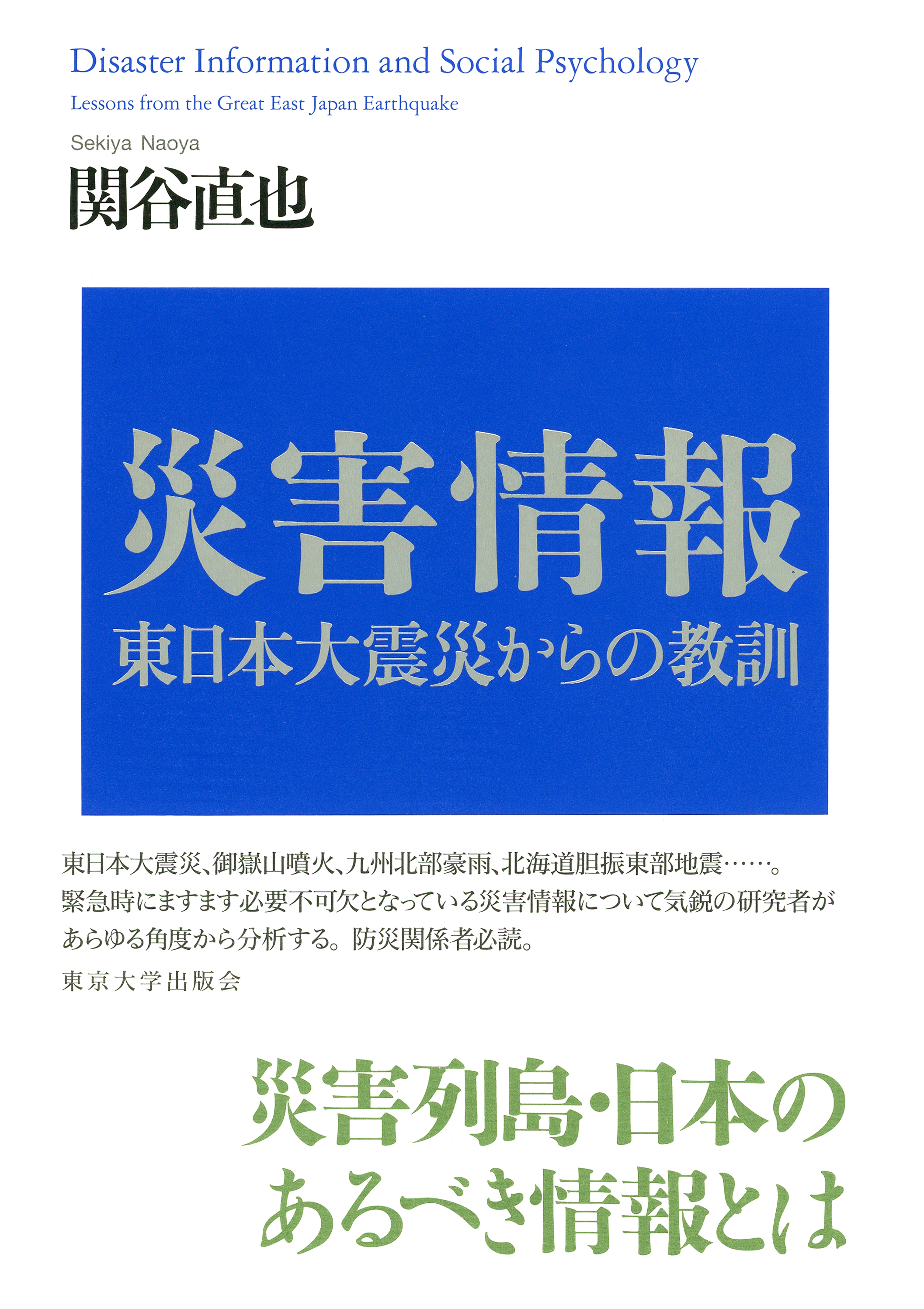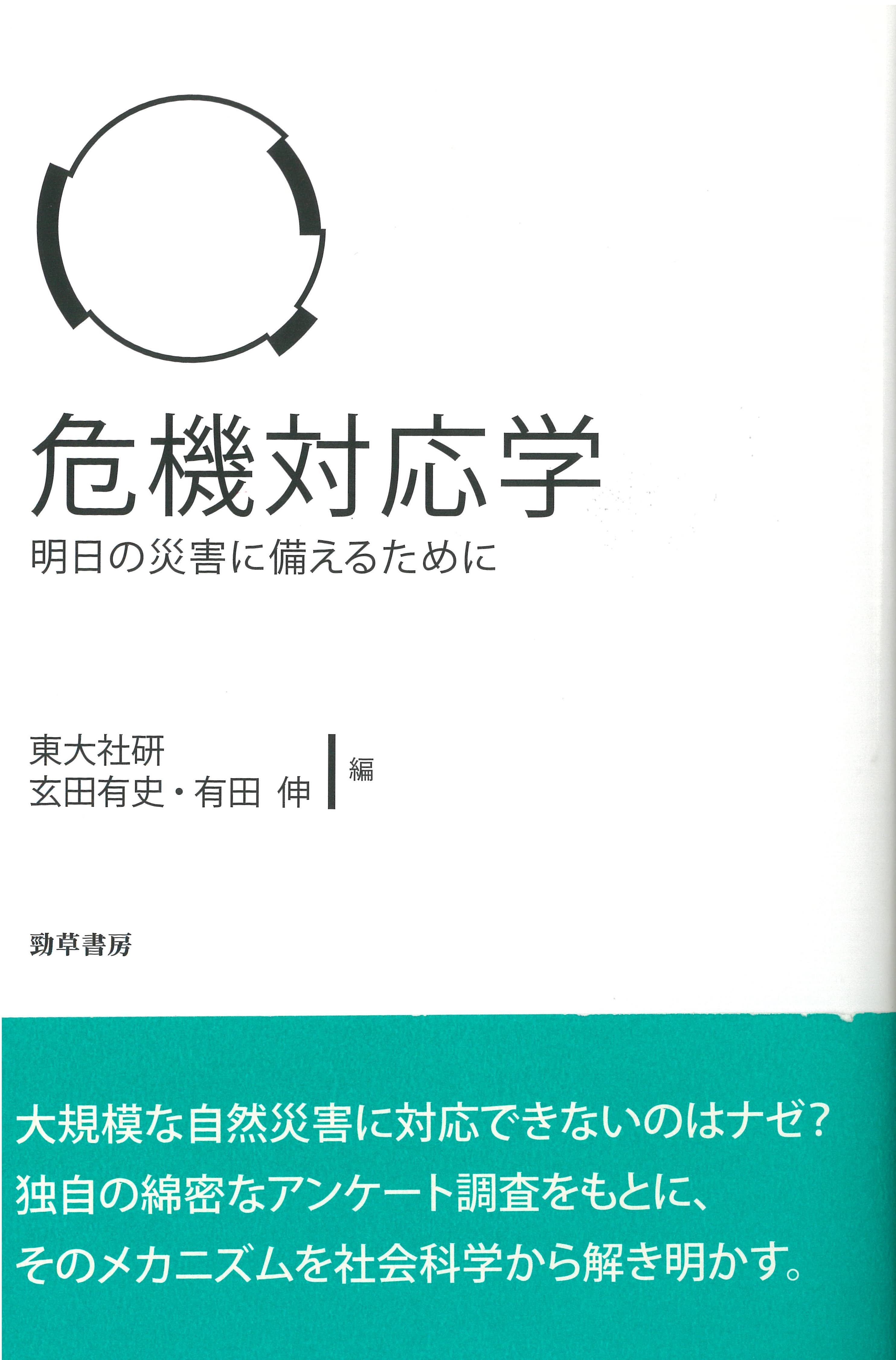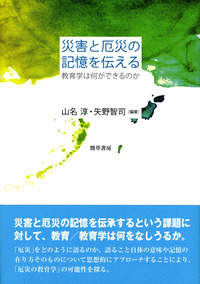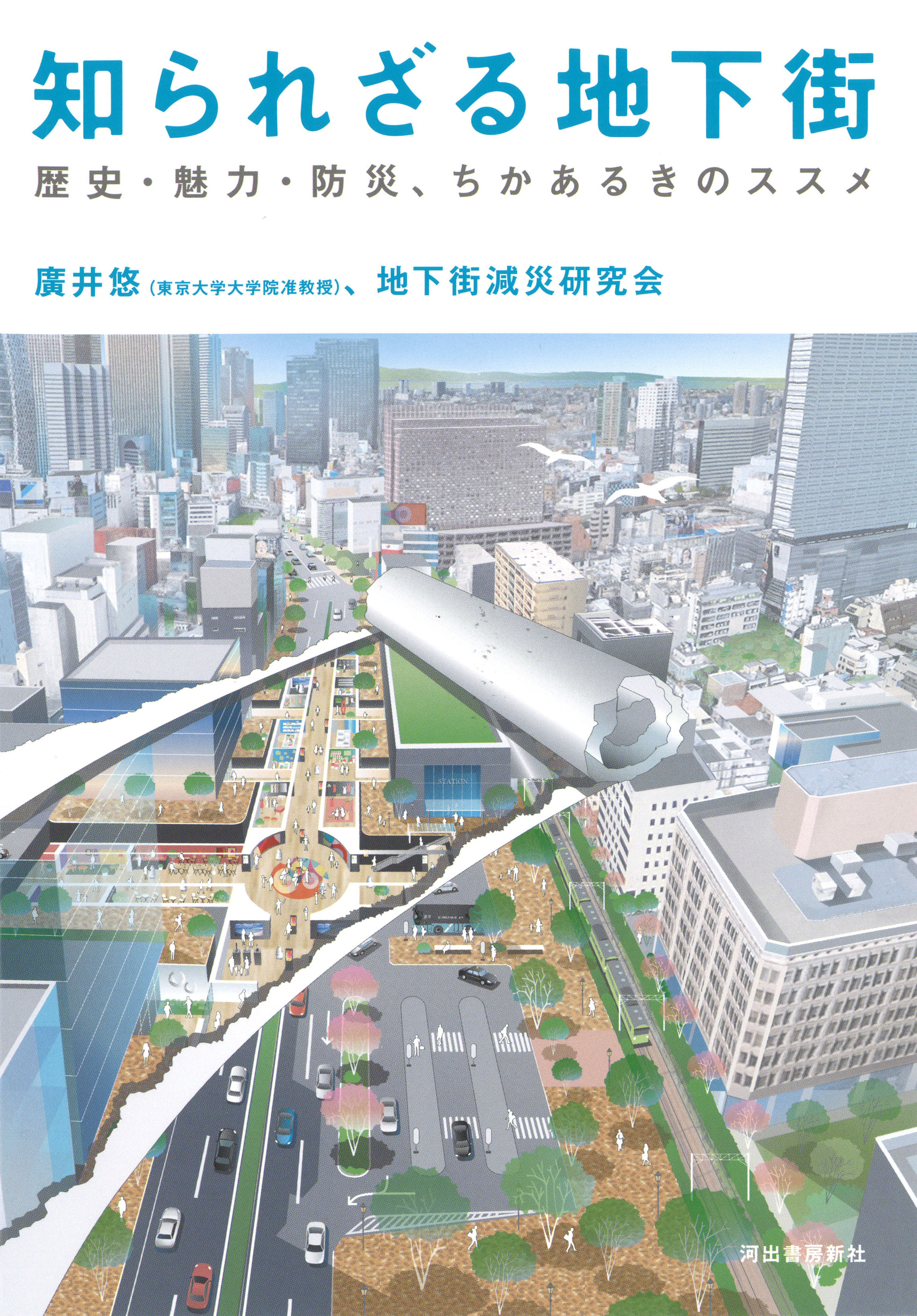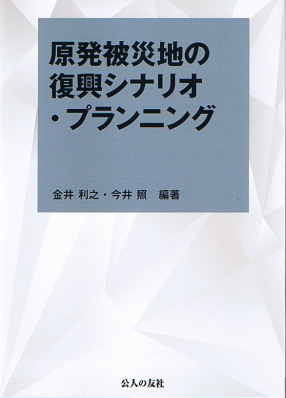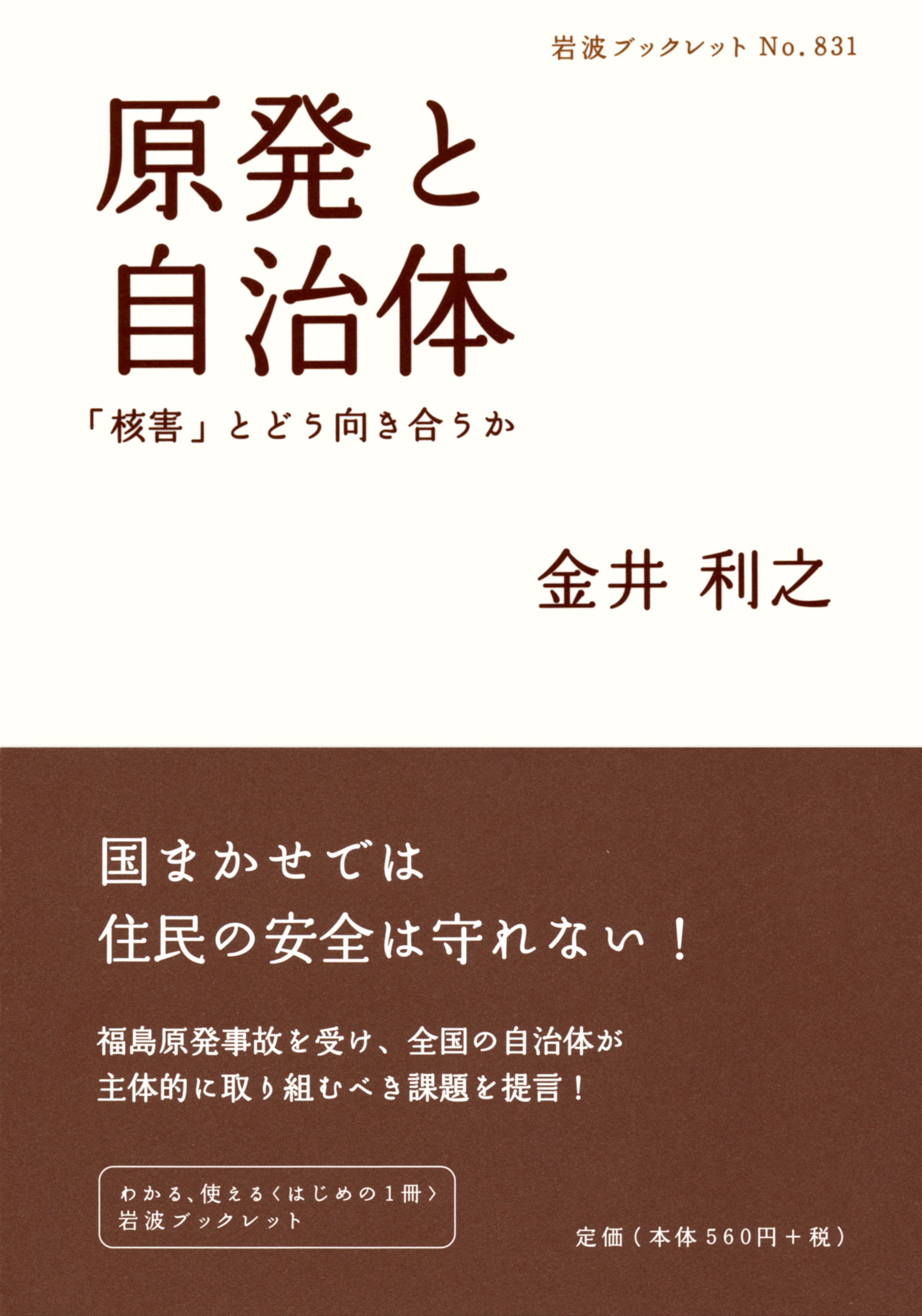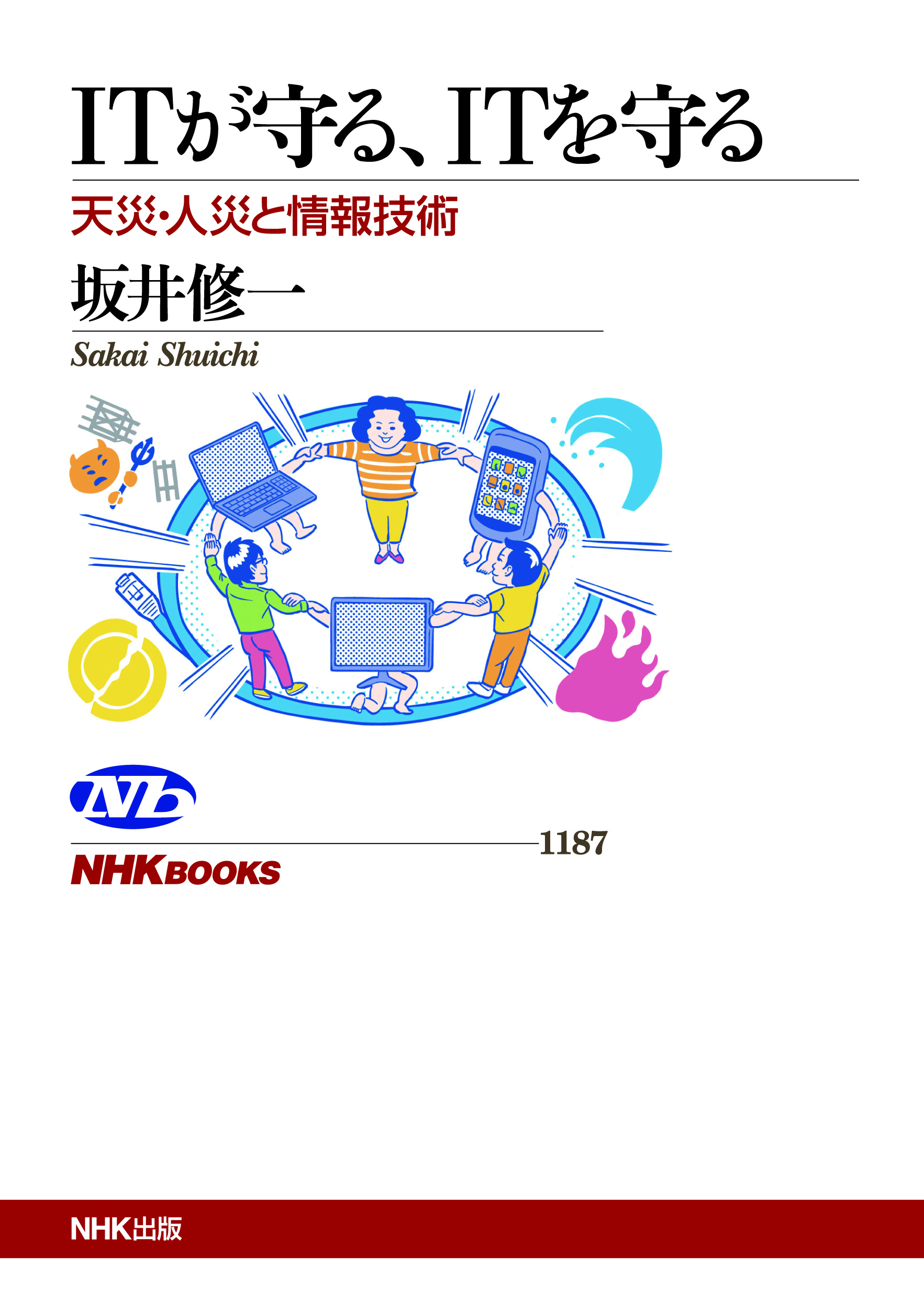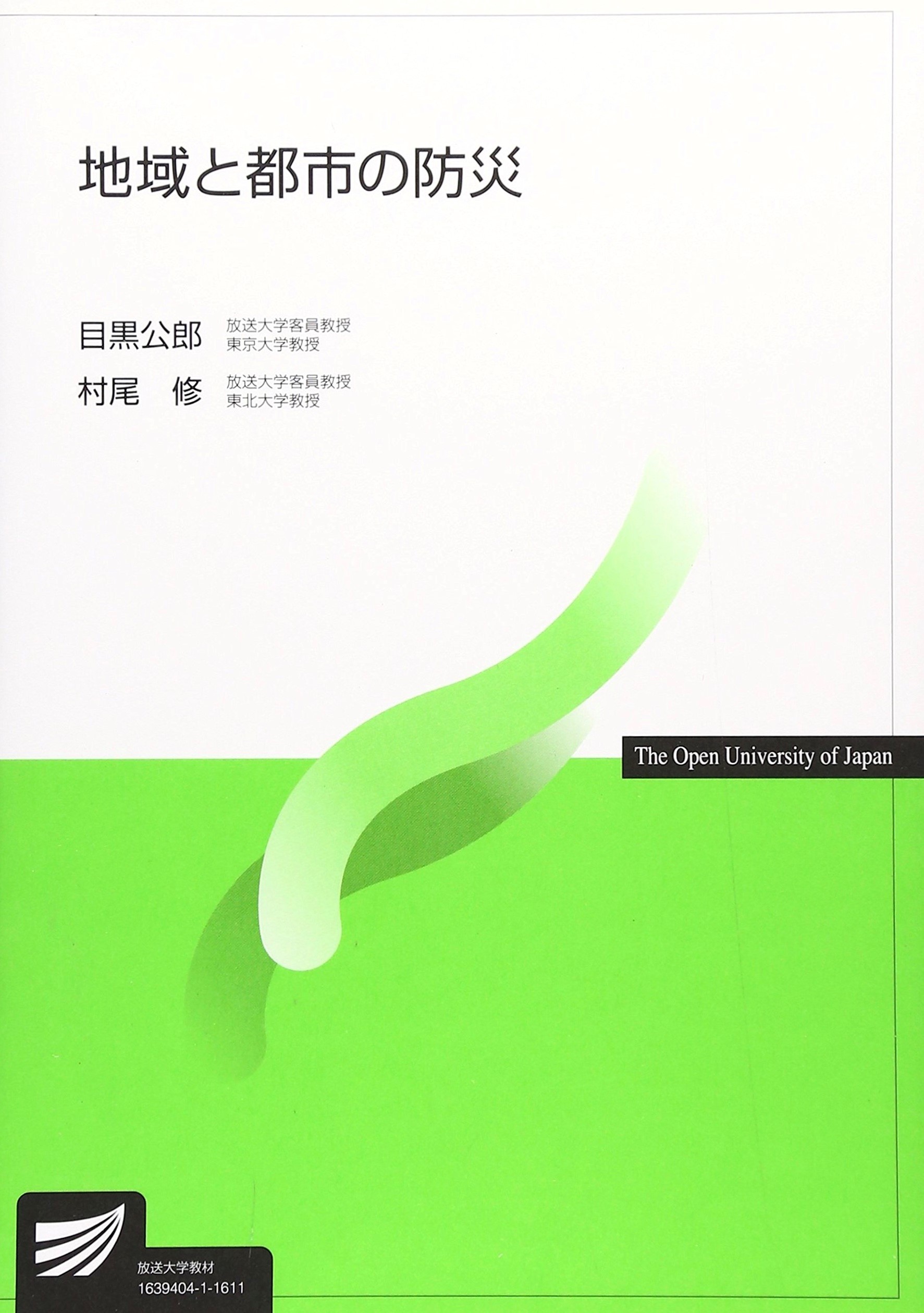
Title
Chiiki to Toshi no Bousai (Region and Urban Disaster Management)
Size
306 pages, A5 format
Language
Japanese
Released
2016
ISBN
978-4-595-31630-2
Published by
Foundation for the Promotion of The Open University of Japan
Book Info
See Book Availability at Library
Japanese Page
This book was written as a textbook for a course with the same title taught at the Open University of Japan.
Japan is an island nation completely surrounded by sea, and more than 80% of its land area consists of mountainous terrain covered by forest. It is therefore blessed with a rich natural environment with plentiful marine and forestry resources. In addition, the climate in most of the country is temperate with a pleasant range of seasonal variation. This favorable environment has been of great benefit to the development of Japanese culture and lifestyles over the ages. At the same time, however, Japan is also a country very prone to a variety of natural disasters, including earthquakes, tsunamis, volcanic eruptions, typhoons, floods and so on. The geographic conditions and urban environment of Japan are therefore equally characterized by these two contrasting facets: a rich and beautiful natural environment and frequent natural disasters.
For these reasons, Japan has always sought to increase its disaster preparedness, learning from the many disasters that have occurred in its history. However, disasters have also evolved. Until about the 1970s, in an age when Japanese towns and cities were built largely of wood and paper, people were concerned mainly with the prevention of fires. With the development of heavy industry and the transformation of the urban environment as a result of the rapid economic growth of the postwar period, new forms of disasters, such as explosions in industrial facilities and fires in underground passageways, became a focus of concern. The focus of attention shifted again after the Kobe (Great Hanshin-Awaji) Earthquake on January 17th 1995, which demonstrated how natural disasters could devastatingly impact a highly advanced and integrated urban system creating a very complex and evolving disaster situation. Then, on March 3rd 2011, an earthquake of unprecedented magnitude (Moment Magnitude, Mw 9.0) occurred off the coast of northeastern Japan, bringing about a whole series of disaster situations that came to be known as the “Great East Japan Earthquake Disaster”. This drew our attention to further issues of disaster management, particularly with respect to how to deal with tsunamis (which had not been a factor in the Kobe Earthquake disaster).
This book draws lessons from the Great East Japan Earthquake Disaster, developing principles of disaster management of relevance not only to cities but also to “regions”. The key to improving disaster management capability is to increase the number of people with the ability to create concrete images of what is happening in their immediate vicinity when a disaster occurs (an ability which I refer to as “disaster imagination”) based on information from numerous sources, including an appreciation of how things develop over time. Effective disaster management measures depend above all on the ability to understand the current situation based on a highly developed disaster imagination and the power of judgment and responsiveness necessary in order to take appropriate actions at the right time both before and after a disaster occurs. In order to create an accurate image of a disaster situation, it is of course necessary to have an understanding of the disaster environment, including the various mechanisms whereby disasters occur, response measures and the relevant legal frameworks for them. In addition, it is necessary to have an appreciation for the distinctive characteristics of the region or city in which a disaster occurs. This book therefore also contains an account of the development of cities and how disasters have developed in relation to urbanization.
(translated by David C. Buist)
(Written by MEGURO Kimiro, Professor, Interfaculty Initiative in Information Studies / 2018)



 Find a book
Find a book


